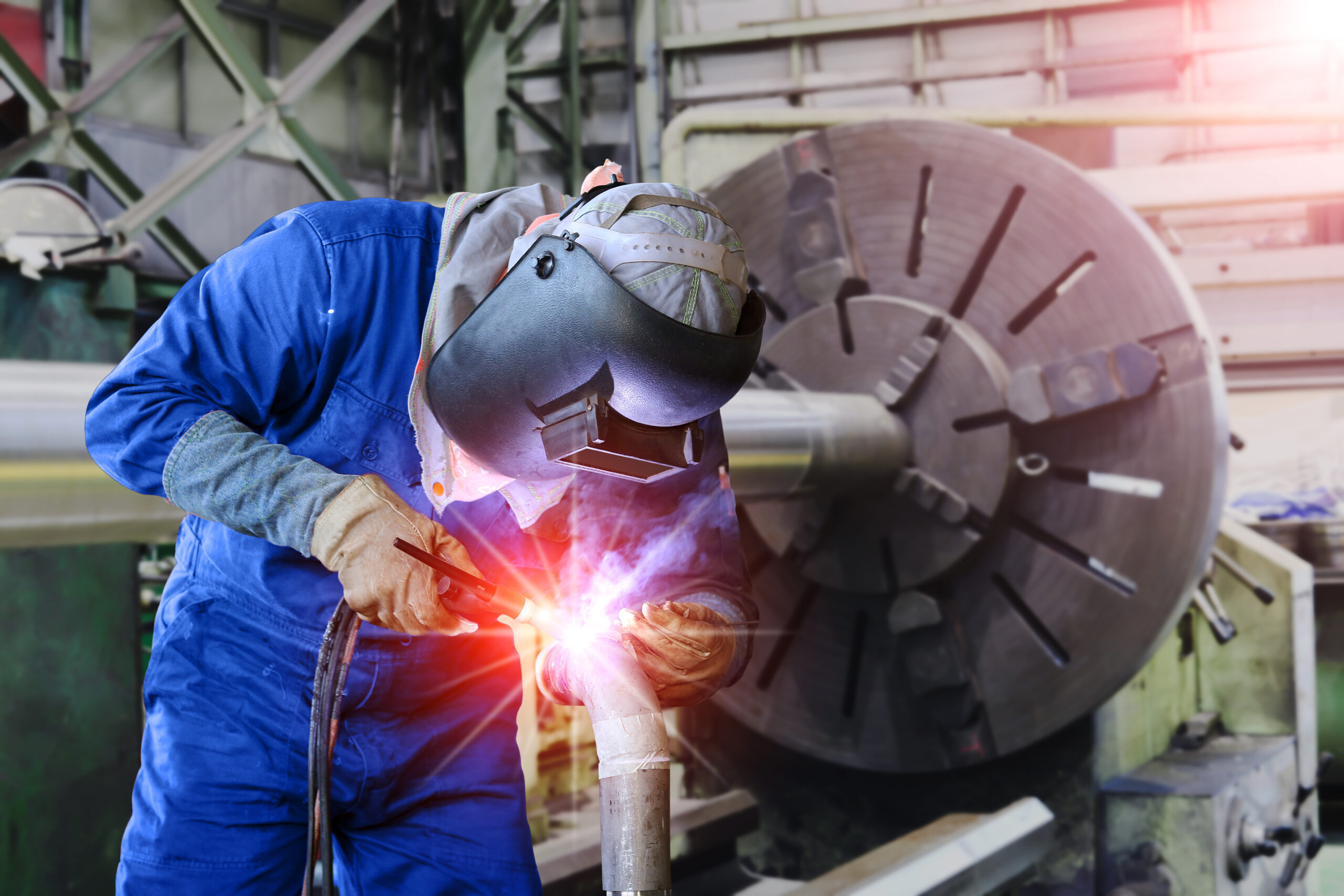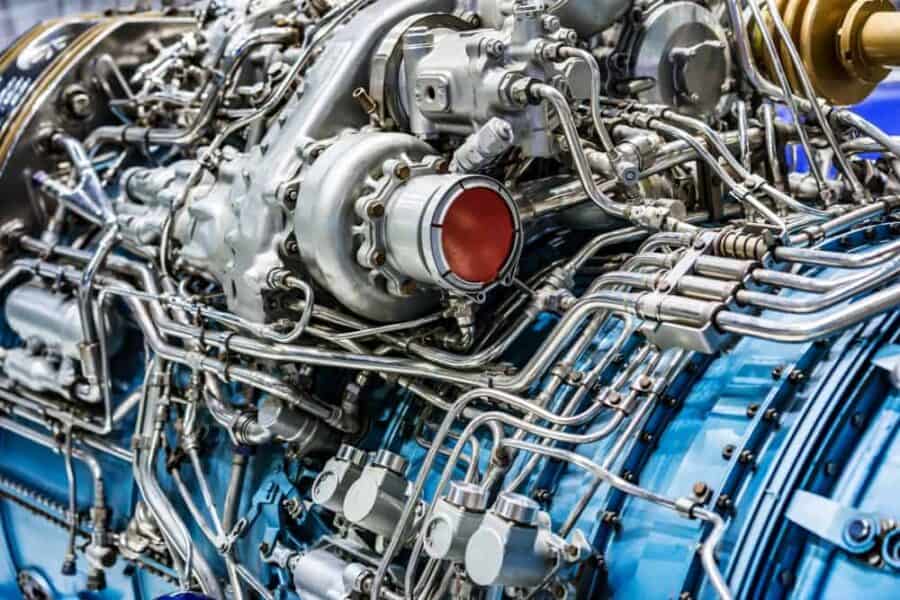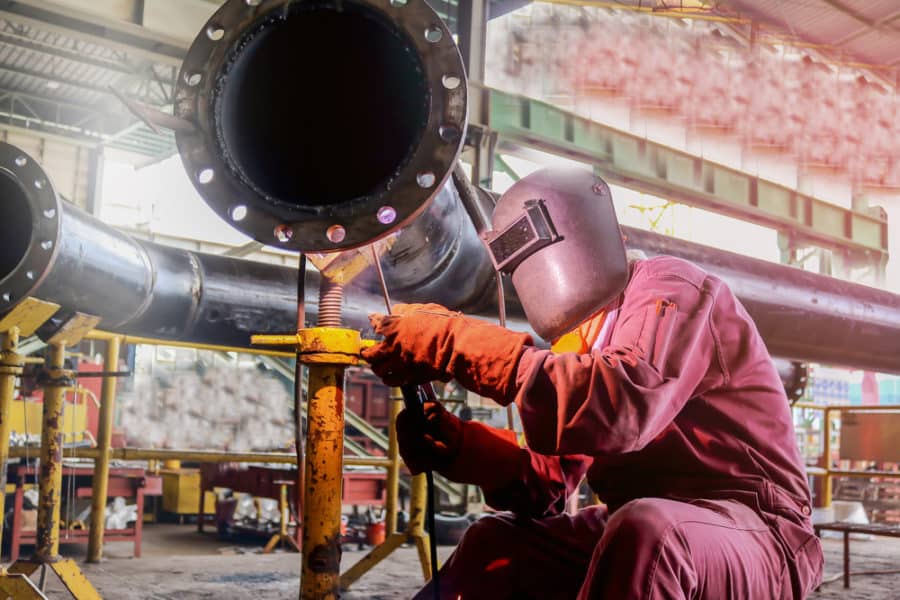When it comes to TIG welding steel, the focus is mostly on stainless. The more common and widely used mild steels are typically thought of as being welded with Shielded Metal Arc Welding (SMAW) or Flux Core Arc Welding (FCAW). Using high-quality Tungsten Inert Gas (TIG) also known as Gas Tungsten Arc Welding (GTAW) for mild steel might seem overkill.
There are, however, a wide variety of use cases for TIG welding steel. Cladding and overlay operations are one example. It is relatively common for mild steels to receive a covering of corrosion-resistant metals, such as an inconel cladding process, to help them last in an extreme environment. TIG welding steel does not have to be this extreme, with everything from welded pressure vessels to vehicle frames benefiting from the additional strength and purity of TIG welding.
TIG Welding Steel: Getting the Best Results
There are several different tungsten electrode types classified by the elements the tungsten is alloyed with. Thoriated tungsten is the longtime favorite for welding mild steel, stainless steel, and even TIG welding chromoly steels. It is even widely desired for TIG welding nickel superalloys.
Unfortunately, thoriated tungsten is mildly radioactive. While it isn’t radioactive enough to penetrate the skin, it can potentially do damage if ingested or inhaled. TIG welding steel and other metals frequently require welders to grind their tungsten to a point, and the resulting dust could be ingested or inhaled. This has led to many welding and fabrication shops avoiding thoriated tungsten and using alternatives for TIG welding steel.
The Best Alternative Tungsten Electrodes for TIG Welding Steel
| Additive | Notes |
| None | Pure tungsten. Relatively inexpensive and provides a stable arc. Not typically used with DC welding, and while it can be used to TIG weld most metal, including steel, its most common use is with aluminum. |
| Lanthanated | The closest thing to a direct equivalent for thoriated tungsten is lanthanated tungsten. It has great stability at both low and high temperatures, offering excellent characteristics when welding thin and thick steel alike. |
| Ceriated | Ceriated tungsten’s chief advantage is in welding at low temperatures. This offers enhanced welding performance for thin materials like sheet metal, reducing the chances of distortion and melting. |
TIG welding steel to steel joints is relatively simple as long as you follow correct procedures. The two most important aspects of ensuring TIG welds on steel or any other metal is the heat input, closely followed by the gas flow rate. These are both directly correlated to the thickness of the tungsten electrode and the thickness of the material. While every TIG welding job needs to be adjusted to account for environmental requirements, the table below provides some guidelines for TIG Welding Steel.
| Heat and Gas Flow Setting for TIG Welding Steel (Mild-Low Alloy) | ||||||||
| MetalGauge | Tungsten Size | Fill Diameter | Cup Size | Shield Gas Flow | Amperage | Travel Speed | ||
| Type | CFH(L/MN) | PSI | ||||||
| 1/16” 1.66 mm | 1.66 mm | 1.6 mm | 4, 5, 6 | Argon | 15 (7) | 20 | 95 -135 | 15” |
| 1/8” -3.2 mm | 1.66-2.4 mm | 2.4 mm | 4, 5, 6 | Argon | 15 (7) | 20 | 145 – 205 | 11” |
| 3/16”-4.8 mm | 2.4 mm | 3.2 mm | 7, 8 | Argon | 16 (6.5) | 20 | 210-260 | 10” |
| 1/4”-6.4 mm | 3.2 mm | 4 mm | 8, 10 | Argon | 18 (8.5) | 20 | 240 – 300 | 10” |
These guidelines provide a firm basis for successfully TIG welding steel with high quality, very pure, and very strong welds. However, since steel is a rather basic and low cost material, and it is one where acceptable results can be easily obtained using processes like Shielded Metal Arc Welding (SMAW), Flux Core Arc Welding (FCAW), and Metal Inert Gas (MIG) Arc elding processes, some may wonder why TIG should be applied to steel. The answer has to do with the application.
Why Choose TIG Welding for Mild and Low Alloy Steel?
TIG welding provides some of the most metallurgically high quality welds available for steel. This is becoming increasingly important in a number of industries, as even greater tolerances for strength and corrosion resistance need to be met. At the same time, the use of high alloy steels or nickel superalloys may be prohibitively expensive.
TIG welding steel can help to fill the gap between a need for high metallurgical standards and the need to meet a budget. Qualified and certified TIG welders are in short supply, though, and come at a premium. Welding automation such as orbital welding allows for welds of an exceptional metallurgical quality to be made repeatedly and reliably. This gives the option of using metallurgically high quality welding on materials where the challenges of finding qualified welders and taking the time needed for TIG welding would have been prohibitive previously.
Arc Machines Inc. is a leader in automated TIG welding for steel, stainless steel, and high spec alloy metals for pipe and tube orbital welding. Arc Machines Inc. offers precision ground diamond polished tungsten that helps ensure quality results.




